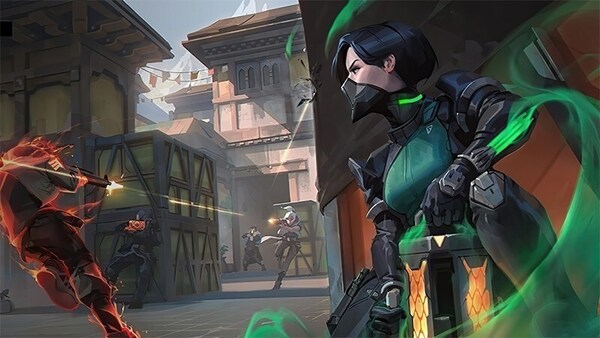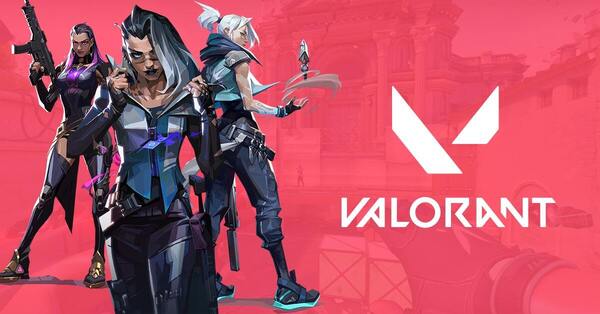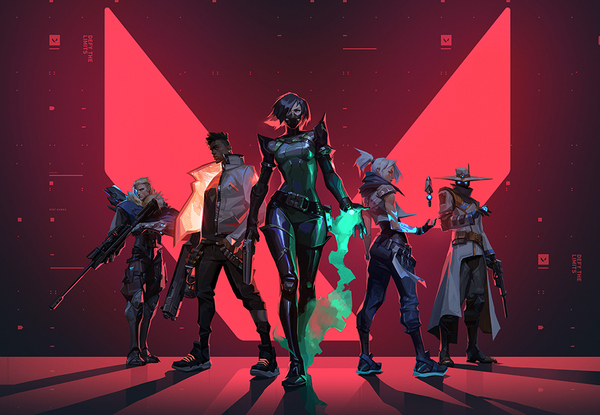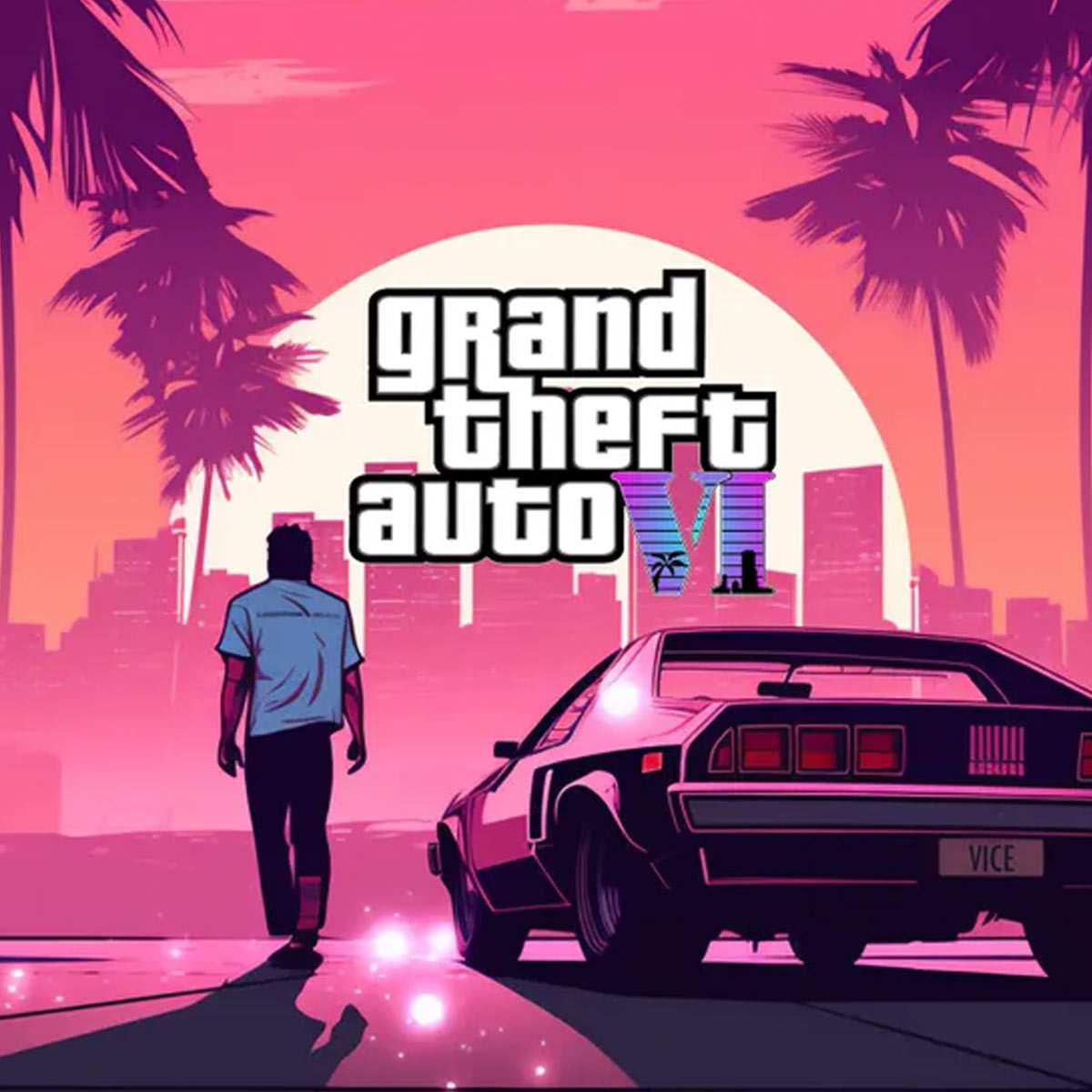Introduction
Since its release in 2020, Valorant has become one of the leading tactical first-person shooters, thanks to its unique mix of strategy, gunplay, and character abilities. Riot Games has invested significant effort into refining the game’s mechanics, agent design, and overall experience. However, as with many competitive online games, Valorant has struggled with a persistent issue: player toxicity. This toxicity manifests in various forms—verbal abuse, unsportsmanlike behavior, and disruptive actions that undermine the core of the game’s competitive nature. Despite efforts from Riot to curb these behaviors, toxicity remains a challenge for Valorant’s player base, significantly affecting the gaming experience for many.
This article will delve deep into the problem of toxicity in Valorant, examining its impact on the player experience, the efforts made by Riot Games to combat it, and what steps could be taken to foster a healthier and more positive community. The discussion will also include the psychology behind toxic behavior, its consequences on gameplay, and potential solutions for mitigating its negative effects.
Understanding Toxicity in Valorant
Defining Toxicity in Competitive Online Games
Toxicity in online games is typically defined as behavior that disrupts the enjoyment of others, often through verbal abuse, trolling, or unsportsmanlike conduct. In Valorant, toxicity can range from something as simple as trash-talking or griefing teammates to more severe actions such as intentional feeding, leaving games early, or using discriminatory language. This kind of behavior has a significant impact on both casual and competitive players, making it difficult for individuals to engage in the game without fear of negativity.
The Impact of Toxicity on Player Experience
The impact of toxicity on the player experience is far-reaching. A toxic environment can lead to feelings of frustration, anger, and helplessness, detracting from the overall enjoyment of the game. In a game like Valorant, where coordination and teamwork are crucial to success, toxic players can hinder the team's performance and diminish the sense of camaraderie that the game seeks to promote. Furthermore, experiencing or witnessing toxic behavior can cause players to disengage from the game, reduce their playtime, or even quit altogether. This results in a negative cycle that perpetuates the issue and harms the community as a whole.

Riot’s Efforts to Combat Toxicity
The Introduction of the Reporting System
One of the first measures Riot Games took to address toxicity in Valorant was the introduction of an in-game reporting system. Players can report others for a variety of reasons, including verbal abuse, cheating, throwing the game, or intentional griefing. This system allows players to flag toxic behavior, ensuring that it is reviewed by Riot's moderation team and dealt with accordingly. The hope is that by providing players with the tools to report bad behavior, Riot can help to create a safer and more enjoyable environment for everyone.
The Role of Valorant’s Anti-Cheat System
In addition to player reports, Valorant has implemented a robust anti-cheat system called Vanguard. This system aims to detect and eliminate cheaters and disruptors who manipulate the game for an unfair advantage. While Vanguard primarily focuses on cheaters, it also plays a role in combating toxic behavior by removing players who resort to malicious tactics like aimbotting or wall-hacking. The presence of such a strict anti-cheat system sends a message that toxic or unfair gameplay will not be tolerated.
The Psychology Behind Toxic Behavior
Why Do Players Act Toxic in Valorant?
Understanding the psychology behind toxic behavior in Valorant is crucial to addressing the issue effectively. Several factors contribute to why players may act out in toxic ways, including frustration, stress, and the anonymity of online gaming. In a competitive game like Valorant, players are often emotionally invested in the outcome of a match. When they feel that their team is losing due to mistakes or poor performance, it can trigger feelings of anger and frustration, leading them to lash out at teammates.
The anonymity of the internet also plays a significant role. Many players feel empowered to behave in ways they wouldn’t in face-to-face interactions because they are shielded by a screen. This anonymity reduces the accountability that players feel, making it easier for them to engage in toxic behaviors without fear of social or real-world repercussions.
The Role of Social Influence and Peer Behavior
In addition to individual psychological factors, toxic behavior in Valorant is often influenced by social dynamics within the game. Players who experience toxicity themselves may become desensitized to it or adopt similar behaviors in response. In some cases, toxic behavior can be normalized within certain communities or groups of friends, making it more acceptable and pervasive. This peer influence creates a culture of toxicity that is difficult to break, as new players may come to expect and replicate these behaviors, perpetuating the cycle of negativity.
The Consequences of Toxicity in Valorant
How Toxicity Damages the Competitive Scene
Toxicity has a direct impact on the integrity of Valorant’s competitive scene. In a game that heavily relies on teamwork and cooperation, players who engage in toxic behavior undermine the team’s chances of success. Whether it's an intentional feeder sabotaging the game, or a player who rages and refuses to cooperate, toxic players detract from the overall experience. In professional or high-ranking matches, where stakes are higher and players are more invested in winning, toxicity can significantly influence the outcome of games and damage the competitive integrity of the scene.

The Mental Health Toll on Players
Beyond affecting gameplay, toxicity can also have significant mental health implications for players. Constant exposure to toxic behavior can cause players to feel anxious, stressed, or demoralized, especially when it occurs regularly. This stress can affect a player’s enjoyment of the game and their overall well-being, leading to burnout and frustration. For some, the psychological toll of repeated negative experiences may even result in quitting Valorant altogether, leaving the game with a smaller, more toxic community.
Riot’s Recent Initiatives to Address Toxicity
Improved Reporting Tools and Matchmaking Adjustments
Riot Games has been proactive in improving the reporting tools and matchmaking system to combat toxicity. In recent updates, Riot has enhanced the feedback players receive after submitting reports, ensuring that they know their complaints are being reviewed. Additionally, Valorant's matchmaking system has undergone adjustments to reduce the number of toxic players that make it into matches, employing more stringent filters to prevent known troublemakers from ruining the experience for others.
The Focus on Positive Reinforcement
Riot has also placed an emphasis on positive reinforcement to counteract toxicity. Initiatives like the “Player Behavior” system reward players who exhibit good sportsmanship and teamwork. Positive reinforcement encourages players to engage in healthier behaviors by rewarding them for their conduct rather than solely punishing negative actions. This shift toward fostering positive behaviors in the community is a step toward creating a more welcoming and cooperative environment for all players.
Player Responsibility in Combating Toxicity
The Importance of Community Engagement
While Riot’s efforts are crucial, it is ultimately up to the Valorant community to combat toxicity on a day-to-day basis. Players can choose to engage in positive behavior by supporting teammates, offering constructive criticism, and refusing to engage with toxic players. Furthermore, community members can take it upon themselves to report inappropriate behavior, ensuring that toxic actions are held accountable. This sense of collective responsibility helps create a culture of mutual respect and cooperation, which is vital for Valorant’s long-term success.
Promoting Empathy and Respect Through Education
Another important step is educating players on how to handle frustration and conflict in-game. By promoting empathy and respect in the community, players can develop better emotional resilience and learn to navigate competitive situations without resorting to toxic behavior. Community-driven initiatives, such as discussions about mental health and game etiquette, can help raise awareness and foster a more supportive environment.

Conclusion: The Road Ahead for Valorant
Toxicity in Valorant is a persistent issue that continues to affect the player experience. While Riot Games has taken several steps to address this problem through reporting systems, anti-cheat measures, and in-game tools, toxicity remains a significant challenge. Understanding the psychology behind toxic behavior, the consequences it has on players and gameplay, and the community's role in addressing the issue are all key components in mitigating this problem. Moving forward, Valorant's success will depend not only on Riot’s ability to fine-tune the game’s systems but also on the community’s collective efforts to promote positive behavior and create an environment that is both enjoyable and respectful for all players.
As the Valorant community continues to grow and evolve, the goal should be to strike a balance between maintaining competitive integrity and ensuring that toxicity does not overshadow the enjoyment of the game.




 99 Nights in the Forest
Discover the chilling survival horror game 99 Nights in the Forest. Survive 99 nights in a haunted wilderness, manage resources, face terrifying creatures, and uncover hidden mysteries in this tense open-world adventure.
Read full review
99 Nights in the Forest
Discover the chilling survival horror game 99 Nights in the Forest. Survive 99 nights in a haunted wilderness, manage resources, face terrifying creatures, and uncover hidden mysteries in this tense open-world adventure.
Read full review
 REMATCH
REMATCH revolutionizes insurance claims with speed, fairness, and digital reassessment tools.
Read full review
REMATCH
REMATCH revolutionizes insurance claims with speed, fairness, and digital reassessment tools.
Read full review
 Schedule I
Schedule I laws impact insurance claims, coverage, and treatment access—know the rules before you file.
Read full review
Schedule I
Schedule I laws impact insurance claims, coverage, and treatment access—know the rules before you file.
Read full review
 Terriara
Explore Terriara's gaming world, digital insurance trends, and how to file a virtual claim.
Read full review
Terriara
Explore Terriara's gaming world, digital insurance trends, and how to file a virtual claim.
Read full review
 Free Fire Max
Learn how insurance protects your Free Fire Max account & purchases while understanding claims & security tips.
Read full review
Free Fire Max
Learn how insurance protects your Free Fire Max account & purchases while understanding claims & security tips.
Read full review
 Hello Neighbor 3
Hello Neighbor blends horror, AI, mortgage struggles & psychological treatment into an unforgettable gaming experience.
Read full review
Hello Neighbor 3
Hello Neighbor blends horror, AI, mortgage struggles & psychological treatment into an unforgettable gaming experience.
Read full review





















